Sourdough Focaccia Recipe
Learn the art of baking perfect focaccia right in your kitchen with our comprehensive sourdough focaccia recipe. This beloved Italian bread, known for its airy texture and rich olive oil flavor, takes on a new life with the tangy depth of sourdough.
Our step-by-step instructions will lead you through creating a high-hydration dough, fermenting it to perfection, and baking it in a cast iron skillet for that irresistible crispy crust and soft interior. Whether you’re a seasoned baker or new to the world of sourdough, this recipe, complete with tips for success and answers to frequently asked questions, will guide you to focaccia greatness.
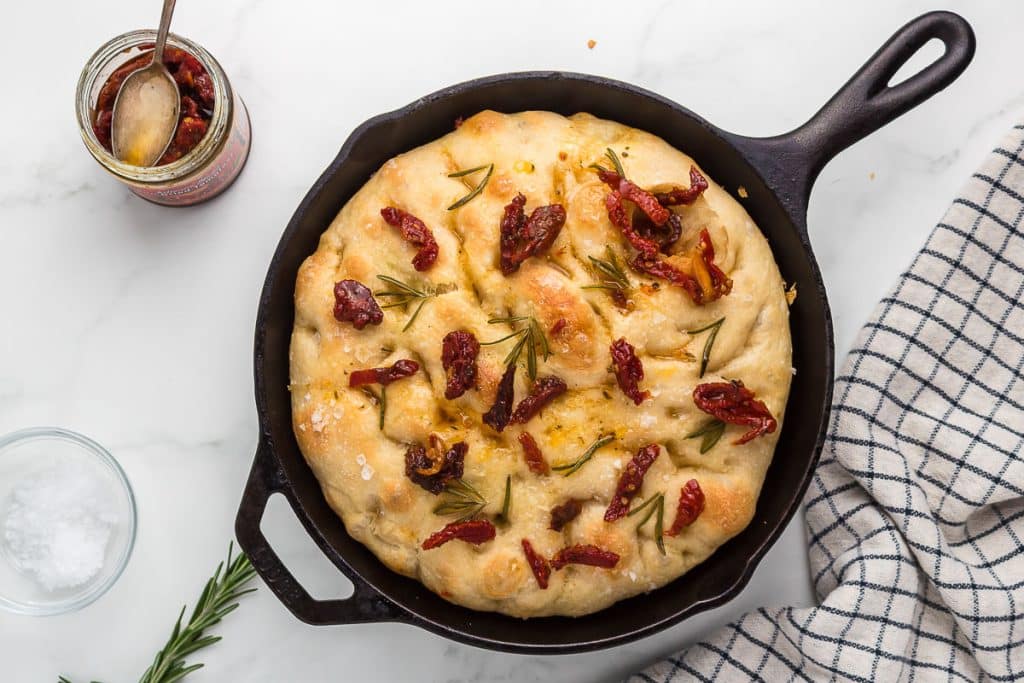
Table of Contents
Why You’ll Love This Sourdough Focaccia Recipe
I mean…Focaccia! But beyond that,
- Simple Ingredients, Gourmet Outcome: This simple sourdough focaccia recipe transforms basic pantry staples into gourmet bread that’s both versatile and delicious. The sourdough starter, all-purpose flour (no bread flour needed), olive oil, and a few select toppings create a rich flavor profile and a delightful texture.
- Flexibility: You can easily adapt this recipe to suit your taste preferences or to complement the seasons. Experiment with your favorite toppings to make this sourdough focaccia bread your own!
- No Special Equipment Needed: While the recipe highlights using a cast iron skillet for baking, it offers an alternative with a glass baking dish. This flexibility means you can make this focaccia with what you have, with no special equipment required.
- Sourdough Perfection: For enthusiasts of sourdough, this recipe is a fantastic way to use your active sourdough starter. The texture and flavor that sourdough imparts to focaccia are unparalleled, offering a satisfying chew and a complex taste.
- Great for All Skill Levels: Whether you’re a beginner or an experienced baker, this recipe is approachable thanks to detailed instructions and helpful tips. The process of stretching and folding the dough, while simple, is a great introduction to working with high-hydration doughs.
- Focaccia Pairs With A Lot of Good Food! Focaccia can be used for sandwiches, and pizzas or as an accompaniment to soups, salads, and pasta. Use it as an appetizer and pair it with cheese. Check out all of these ideas of foods that foods that pair with focaccia.
Ingredients in This Sourdough Focaccia Bread Recipe
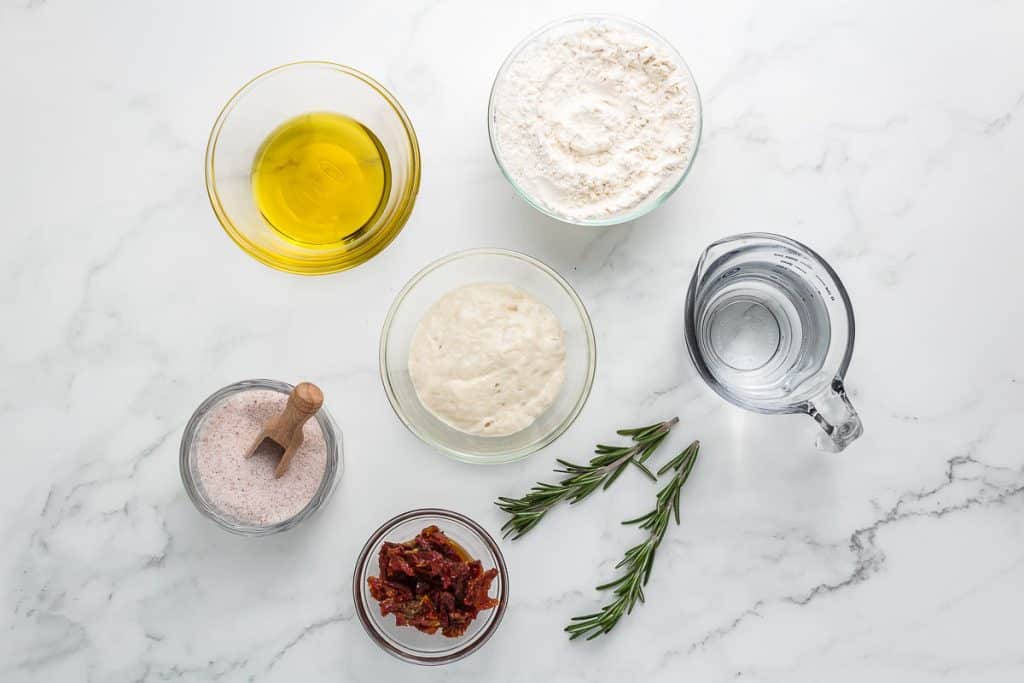
The ingredient list is rather simple!
- A bubbly, Active Sourdough Starter is crucial.
- Unbleached All-Purpose Flour, special bread flour is not needed.
- Salt
- Water
- Extra Virgin Olive Oil: the better the quality, the more flavorful it will be!
- Sun-dried Tomatoes in Olive Oil
- Fresh Rosemary
- Flaky Sea Salt for finishing
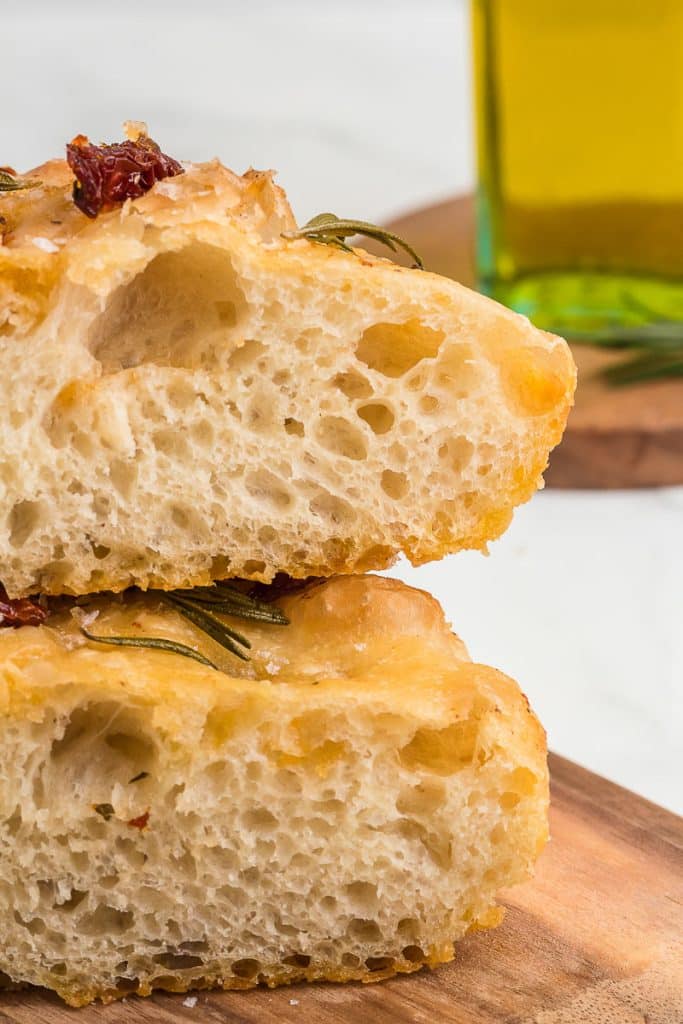
How to Make This Sourdough Focaccia
Mix the Dough
Combine the water, sourdough starter, salt, and one tablespoon of olive oil in a large mixing bowl. Stir gently until well mixed.
Gradually add one cup of flour, mixing to just barely incorporate the flour. Then, add the remaining flour and mix just until a sticky dough forms. The dough should be wet but still able to hold its shape in the bowl.
Let Rest
Coat another large bowl with one tablespoon of olive oil. Transfer the dough to this oiled bowl, covering all sides of the dough with oil. Cover the bowl with plastic wrap or a clean kitchen towel. Let it rest at room temperature for 30 minutes.
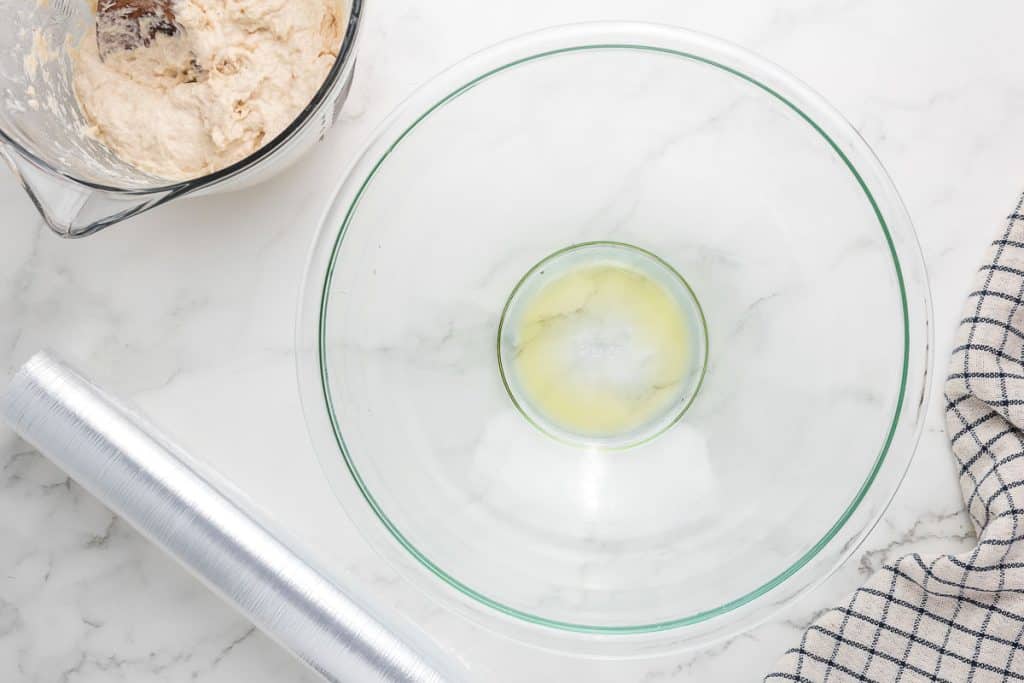
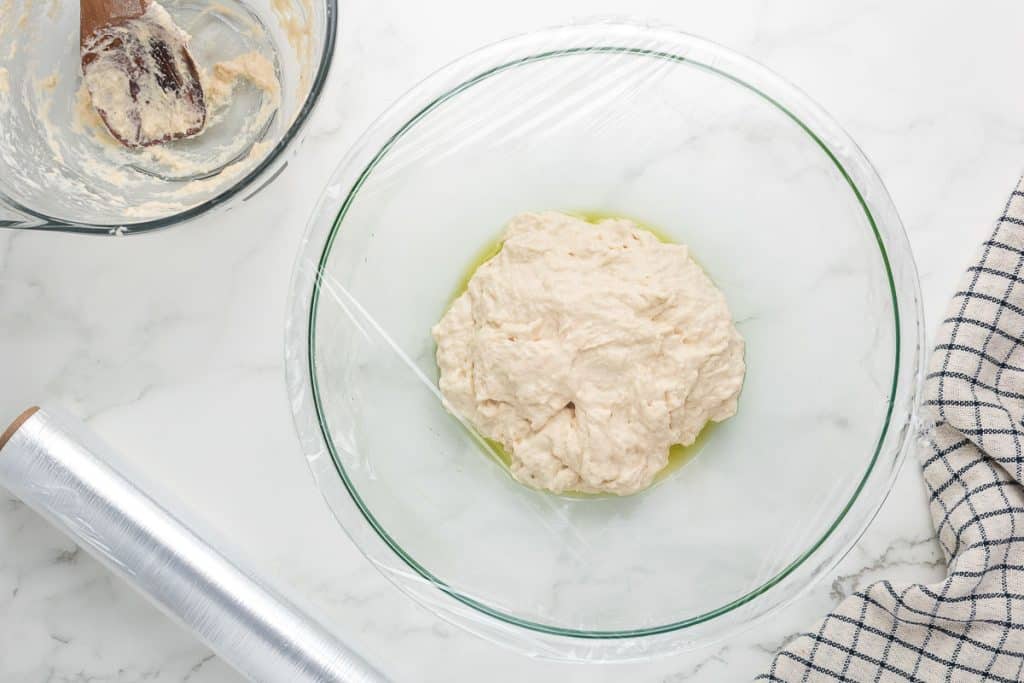
Stretch and Fold
After 30 minutes, wet your hands to prevent sticking, and perform a series of stretches and folds on the dough. Reach under the dough, pull it upwards, and fold it over itself. Rotate the bowl and repeat this process three more times.
Cover and let sit for another 30 minutes. Repeat the stretch and fold process once more.
Bulk Fermentation
Cover the dough with plastic wrap or a kitchen towel. Let it sit at room temperature for 12–24 hours OR until it has doubled in size and shows bubbles on the surface. For warmer environments, consider placing the dough in the refrigerator during this step.
My dough is typically ready for the next step after 12 hours. To that end, I find it easiest to make the dough in the evening and let the bulk ferment happen overnight OR make the dough first thing in the morning and ensure I keep it warm to encourage a 10-12 hour bulk ferment.
Prepare For Baking
Pour 3-4 tablespoons of olive oil into the cast iron skillet, ensuring the bottom is fully coated.
Gently transfer the dough into the skillet, turning it to coat both sides with oil. Cover and let rise for 2-3 hours or until the dough has expanded to fill the skillet.
Preheat Oven and Dimple Dough
Preheat your oven to 400°F (205°C).
Once the dough has risen, drizzle the top with two tablespoons of olive oil. Using your fingers, dimple the dough all over, pushing down to create indentations.
Sprinkle some flaky sea salt over the dough and your preferred amount of rosemary.
Bake and Finish
Bake sourdough focaccia for 30 minutes or until it starts to just brown.
Take the bread out of the oven, and add sundried tomatoes. You can also add a few spoonfuls of the oil from the tomatoes for extra flavor.
Place the bread back in the oven for another 5–7 minutes or until it is fully golden brown on top.
Let the bread rest for 10 minutes before cutting.

Tips for Success with This Focaccia Bread Recipe
- Active Sourdough Starter: Ensure your starter is freshly fed, active and bubbly. Timing the feeding of your starter so it’s at its peak when you start your dough is key to a well-risen focaccia. I feed my starter equal parts flour and water for a 100% hydration starter about 4-5 hours before starting my dough. Depending on the temperature in your house, it might take more or less time for the starter to peak. The best way to determine this is by using a rubber band or dry-erase marker on your starter jar to mark the starter level directly after feeding it. It will be ready to use once it doubles or triples in size.
- Dough Hydration: Don’t be alarmed by the wetness of the dough. High hydration is what gives focaccia its light, airy texture. Adjust with flour or water as needed, but aim to keep the dough on the wetter side.
- Generous with Olive Oil: Don’t skimp on the olive oil. It’s essential for the flavor and texture of the focaccia, especially when baking in a cast iron skillet, which helps achieve a crispy bottom and edges.
- Patience with Bulk Fermentation: Allow enough time for the dough to ferment and rise. The long and slow bulk fermentation is crucial for developing the flavor and texture of this sourdough focaccia recipe. Be patient and adjust the fermentation time based on the temperature of your environment. Your environment will determine how long it will take for the dough to double, don’t let it go past this point.
- Creative with Toppings: While the recipe suggests specific toppings, feel free to get creative. Remember to gently press the toppings into the dough before the final rise to ensure they adhere well.
- Baking to Perfection: Monitor the focaccia towards the end of the baking time. The goal is a golden brown color and a crispy crust. Adjust the baking time accordingly if using a pan other than a cast-iron skillet.
- Cooling Before Cutting: Allow the focaccia to rest before slicing. This patience pays off with a perfect texture and flavor as it gives the bread time to set.
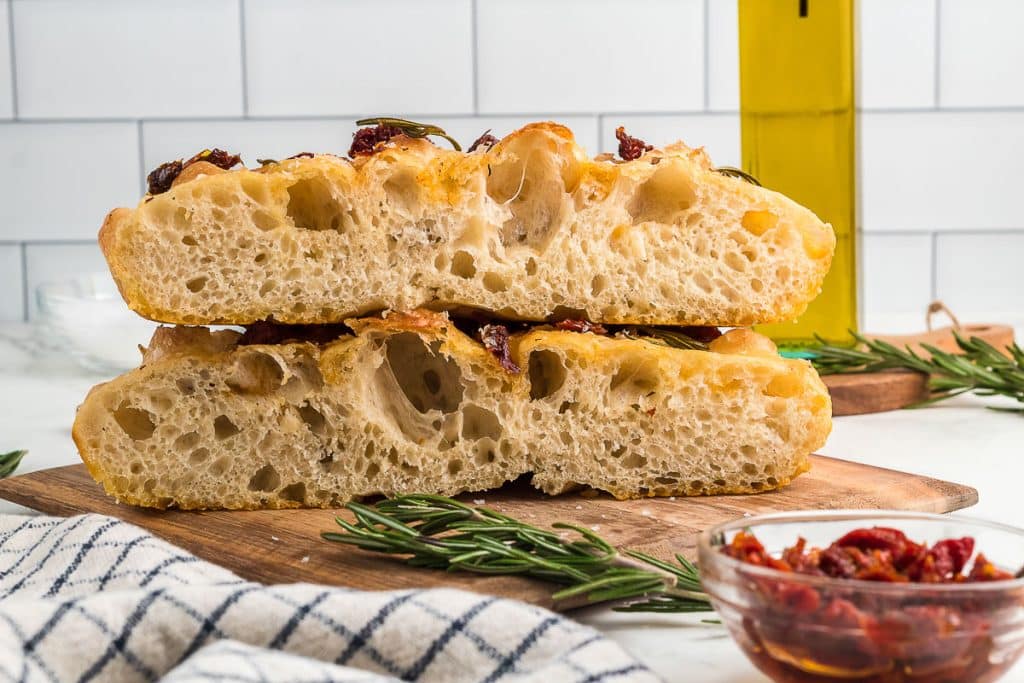
Focaccia Frequently Asked Questions
A cast iron skillet provides even heat distribution and retains heat well, which helps in creating a beautifully crispy bottom and edges on your focaccia. It also goes seamlessly from rising to baking without transferring the dough, minimizing handling and preserving the air bubbles in the dough.
Yes, you can use whole wheat flour, but remember that it will affect the texture and taste of your focaccia. Whole wheat flour absorbs more water and can make the dough denser. You might want to start with a mix of whole wheat and all-purpose flour and adjust the hydration level accordingly.
Your starter is ready when it’s bubbly, has doubled in size after feeding, and passes the float test (a small spoonful of the starter floats in water). This indicates it’s active and has enough yeast activity to leaven your focaccia.
Several factors could be at play: your kitchen might be too cold, your sourdough starter might not have been active enough, or the dough might not have had enough time to ferment. Ensure your starter is vigorous, and consider finding a slightly warmer spot or allowing more time for fermentation.
You can directly incorporate ingredients like olives, sun-dried tomatoes, or herbs into the dough. I add them when I’m doing the first stretch and folds. However, traditional toppings are added on top to create a visually appealing crust with bursts of flavor.
This could be due to insufficient olive oil or water in the dough, overbaking, or too much flour. Ensure you follow the recipe’s hydration recommendations and adjust based on the dough’s texture. Also, keep a close eye on the baking time and your oven’s temperature.
Focaccia is best enjoyed the day it’s baked but can be stored for up to 2 days wrapped in parchment paper and then tightly wrapped in plastic at room temperature. Avoid storing the bread in the refrigerator, as it can dry it out. For longer storage, slice the focaccia and freeze it in an airtight container or bag for up to a month. Reheat in the oven or toaster for best results.
Aside from toppings, consider adding grated cheese, infused olive oils, or finely chopped herbs or garlic into the dough or on top before baking. Long fermentation times also enhance the depth of flavor, so give your dough plenty of time to ferment.
Yes, dimpling the dough is an important step. It prevents the dough from rising too much in the oven, creating the characteristic texture of focaccia with its valleys and hills. It also helps evenly distribute the olive oil and toppings across the dough.
You can also bake this bread in a 9×13 glass baking dish. It will take less time to bake, so start watching at 20 minutes and bake until the bread has turned golden brown.
Give this cheesy sourdough discard crackers recipe a try!
Speaking of Cast Iron Skillets…
If your cast iron needs a little TLC, I’ve covered you here! And, if you are curious about the best oils to season cast iron, I did a deep dive and share all my findings here.
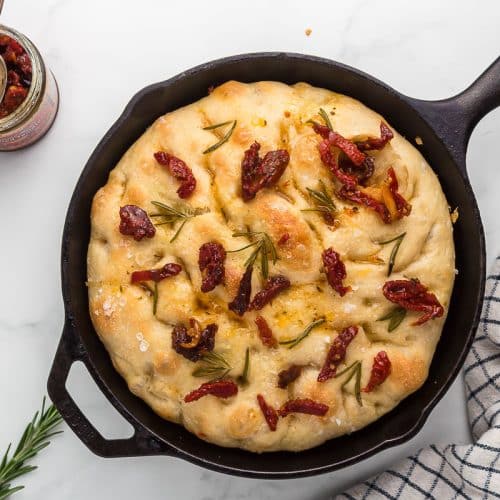
Sourdough Focaccia Bread
Ingredients
- 1/2 cup active sourdough starter
- 1 3/4 cup unbleached all-purpose flour
- 1 tsp salt
- 3/4 cup water
- 6-8 tbsp extra virgin olive oil separated
- 2-3 tbsp sun-dried tomatoes in olive oil julienned
- 2 sprigs rosemary
- flaky sea salt
Instructions
- Mix water, sourdough starter, salt, and 1 tbsp olive oil together gently in a large bowl.
- Add one cup of flour and mix to incorporate.Then, add the rest of the flour and mix until combined. (The dough will be very wet but should still resemble a dough ball in the bowl.)
- Oil a large bowl with 1 tbsp olive oil. Transfer the dough to the oiled bowl. If necessary, oil your hands slightly so the dough will not stick as much.
- Cover the dough with plastic wrap and set a timer for 30 minutes.
- After 30 minutes, wet your hands and grab a fist full of the dough. Stretch the dough up towards you, then fold it over the top of the dough ball. Turn the bowl and repeat this three more times until you have stretched and folded the whole ball of dough.
- Cover the dough and again set a timer for 30 minutes. After 30 minutes, repeat the stretch and fold in the previous step.
- Cover the dough and let it sit at room temperature for 12–24 hours. If it is warmer in your house, you can place the dough in the fridge for this part.
- Once the dough has fermented for 12–24 hours it will have doubled in size and grown more bubbly. At this point, pour 3-4 tbsp of olive oil in an 11” cast iron skillet. Transfer the dough into the skillet and cover.
- Let the dough rise for 2-3 hours or until it fills the bottom of the cast iron pan.
- Preheat the oven to 400°F.
- After the dough has risen a second time, pour 2 tbsp olive oil evenly across the top. Push all of your fingers into the dough to dimple it, and move your hands slightly while dimpling the dough so that the olive oil will be well dispersed. Repeat this several times across all of the dough.
- Sprinkle some flaky sea salt on the dough and your preferred amount of rosemary.
- Bake sourdough focaccia for 30 minutes or until it starts to turn golden brown.
- Take the bread out of the oven, and add sundried tomatoes. Add a few spoonfuls of the oil from the tomatoes for extra flavor.
- Place the bread back in the oven for another 5–7 minutes or until it is fully golden brown on top.
- Let the bread rest for 10 minutes before cutting.
- Add more flaky sea salt and oil from the sun dried tomatoes and enjoy!
Notes
- To make this foccacia, your sourdough starter must be freshly fed and bubbly to get the amazing airy texture. I feed mine equal parts flour and water for a 100% hydration starter about 4-5 hours before starting my dough. Depending on the temperature in your house, it might take more or less time for the starter to peak. The best way to determine this is by using a rubber band or dry-erase marker on your starter jar to mark the starter level directly after feeding it. It will be ready to use once it doubles or triples in size.
- Focaccia does very well with olive oil; if you think the dough seems slightly dry, feel free to add more olive oil before baking.
- Do not be alarmed by how wet this dough seems after mixing in the flour, as it is a high-hydration dough. Just ensure that it still resembles dough and that all flour and water are fully incorporated without pools of water. If the dough is too wet, add flour, a tablespoon at a time, until it forms a better consistency.
- This recipe uses sundried tomatoes and rosemary as toppings, but feel free to get creative with the toppings you use. Some of my other favorites are olives, garlic, and grape tomatoes.
- If you do not have a cast iron skillet, you can also bake this bread in a 9×13 glass baking dish. It will take slightly less time to bake, so start with 20 minutes and bake until the bread has turned golden brown.
- The dough will rise faster if it is warm in your house (above 68–70° F). Still, let it sit for at least 12 hours for the first long fermentation. The second rise will take less time, but make sure the dough has risen before baking.
Nutrition
Bookmark this page or pin the following image to refer back to this Sourdough Focaccia recipe in the future.
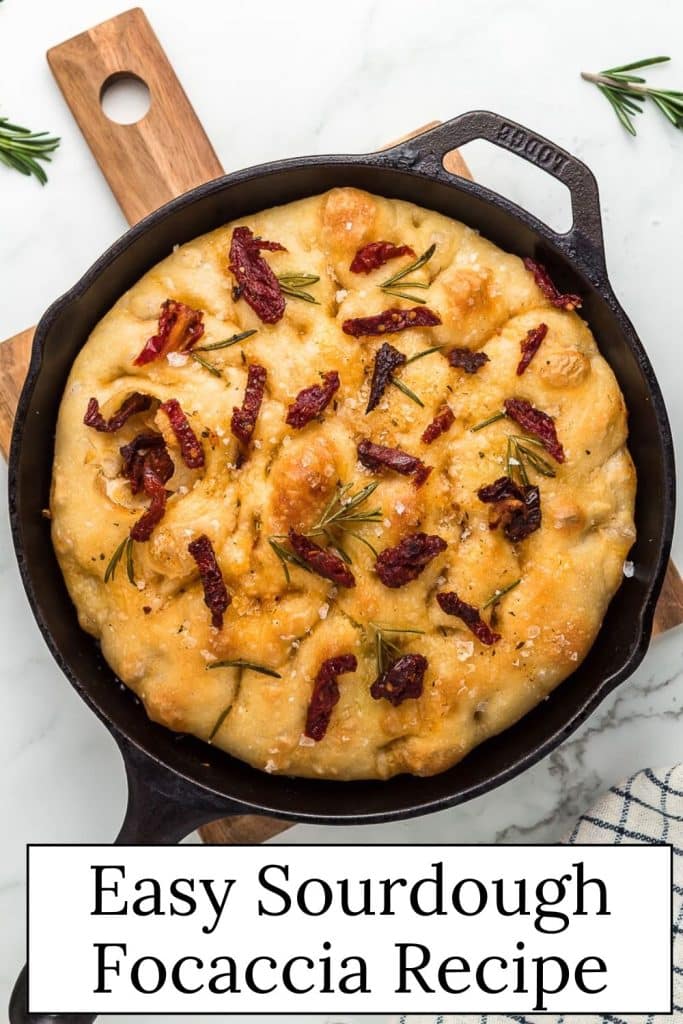
Thanks so much for spending a few minutes of your busy day with me!
To ensure you don’t miss future content, pop your email in the pale green box on the right or click here. I usually send one email weekly, so I won’t inundate your inbox. I’m sensitive to an overflowing email inbox!
We will only use your email address to send you emails, no more than 1-2 weekly. In addition, you will have access to my growing library of knit & crochet patterns and other printables. Check back often as this library will continue to grow. You can unsubscribe anytime by emailing me or clicking on the “unsubscribe” link at the bottom of all emails.
And you can access many of the products I refer to on my Nourish and Nestle Amazon Page. You can access it here.
So, if you’d like to participate in the ‘subscriber benefit’ action, simply subscribe to Nourish and Nestle here or use the form on the right sidebar. It’s slightly towards the top.
I have sent all my subscribers the link to the Subscriber Benefits Library. If you missed it or misplaced it, let me know.
Until next time…


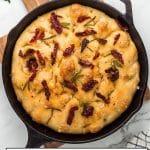



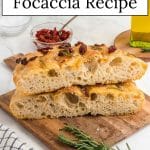
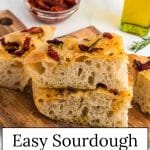
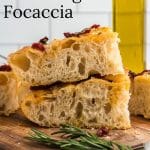
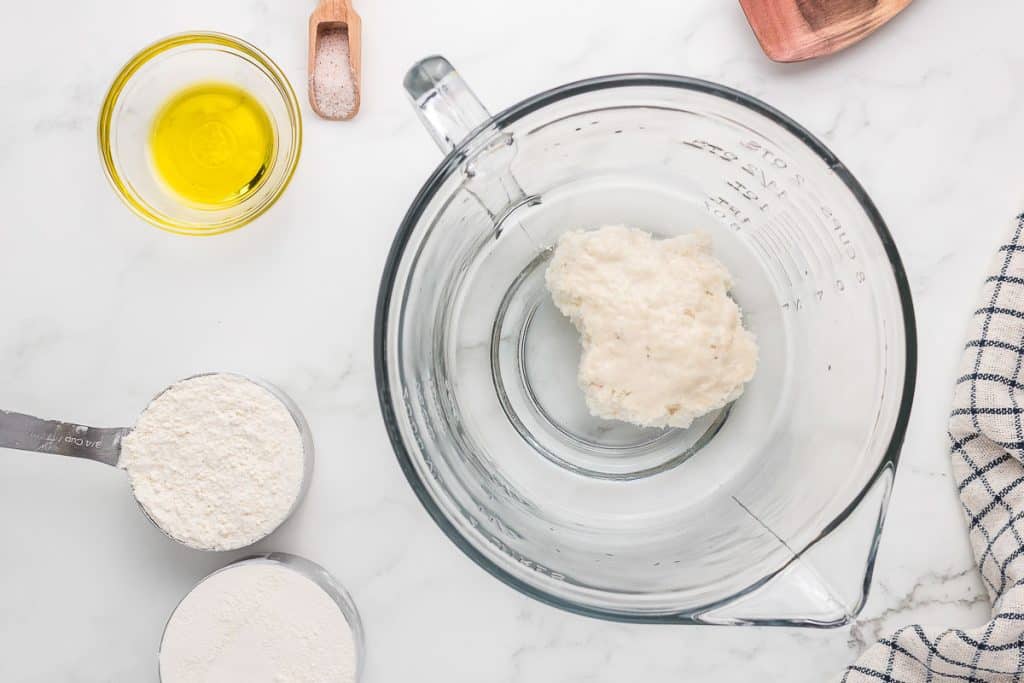
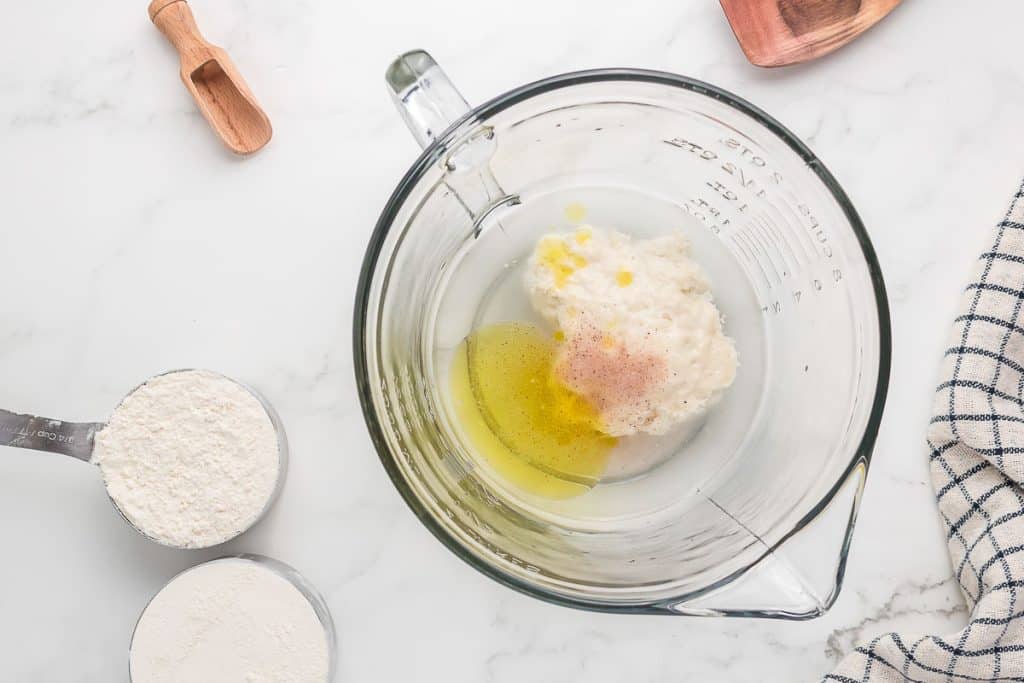
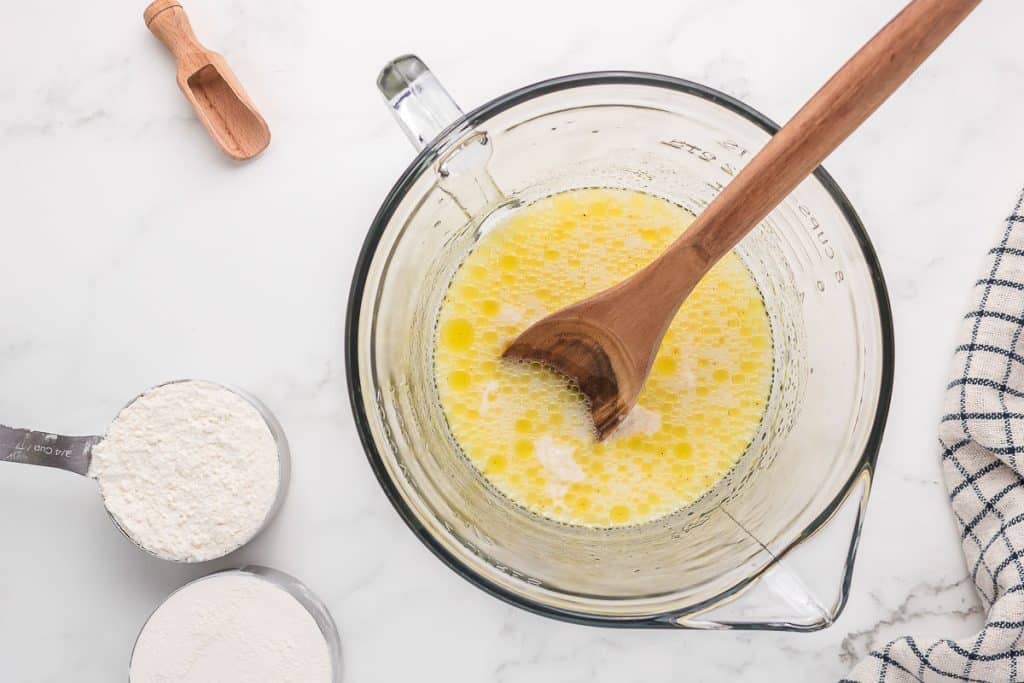
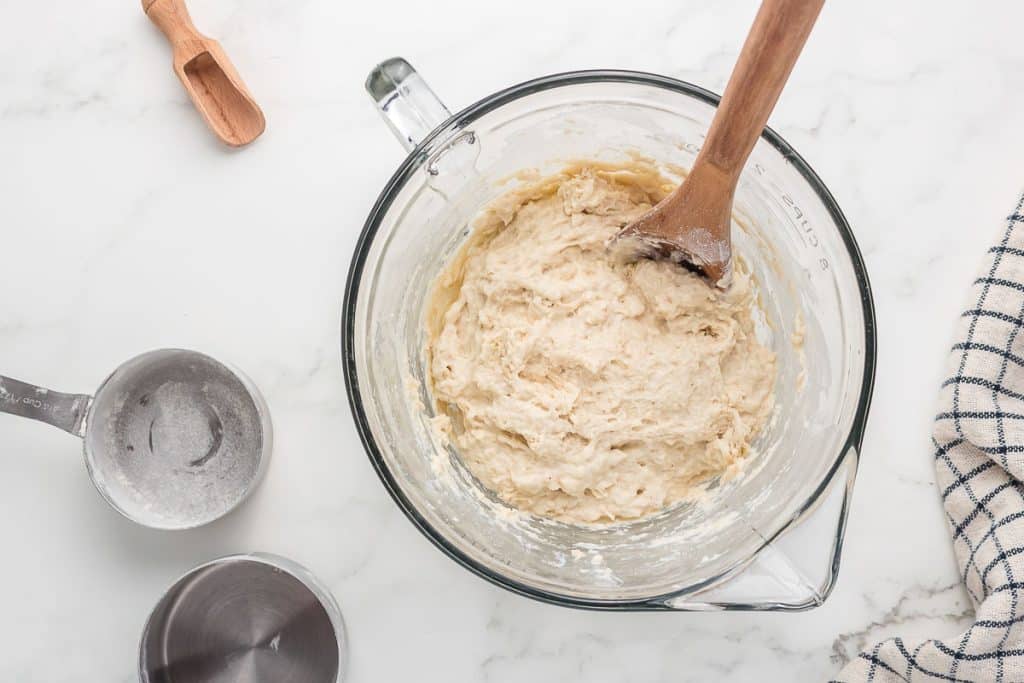
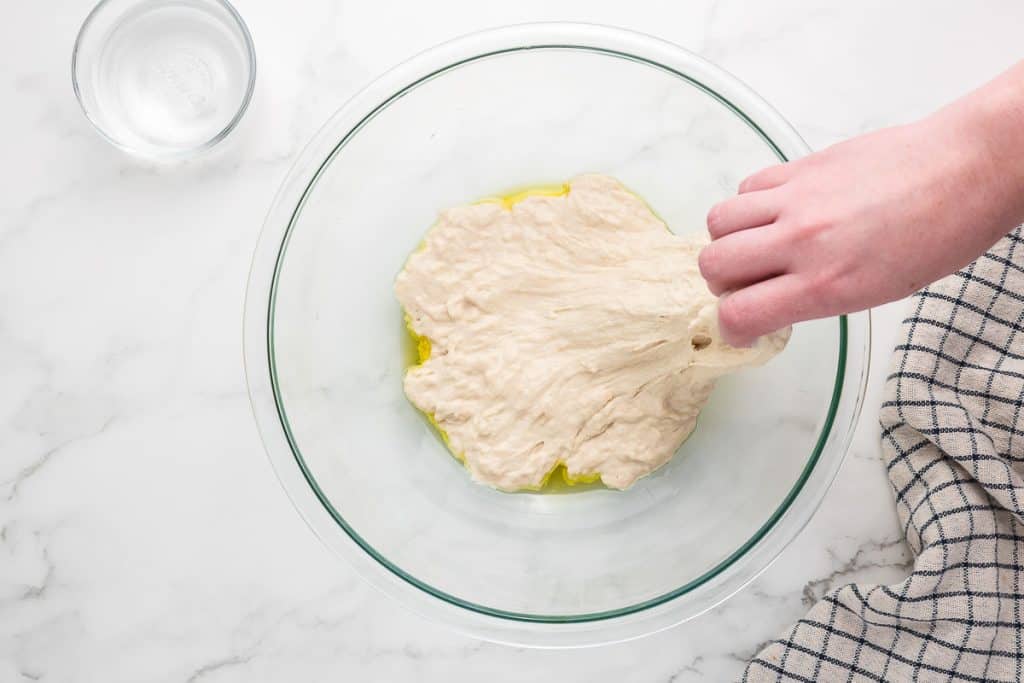
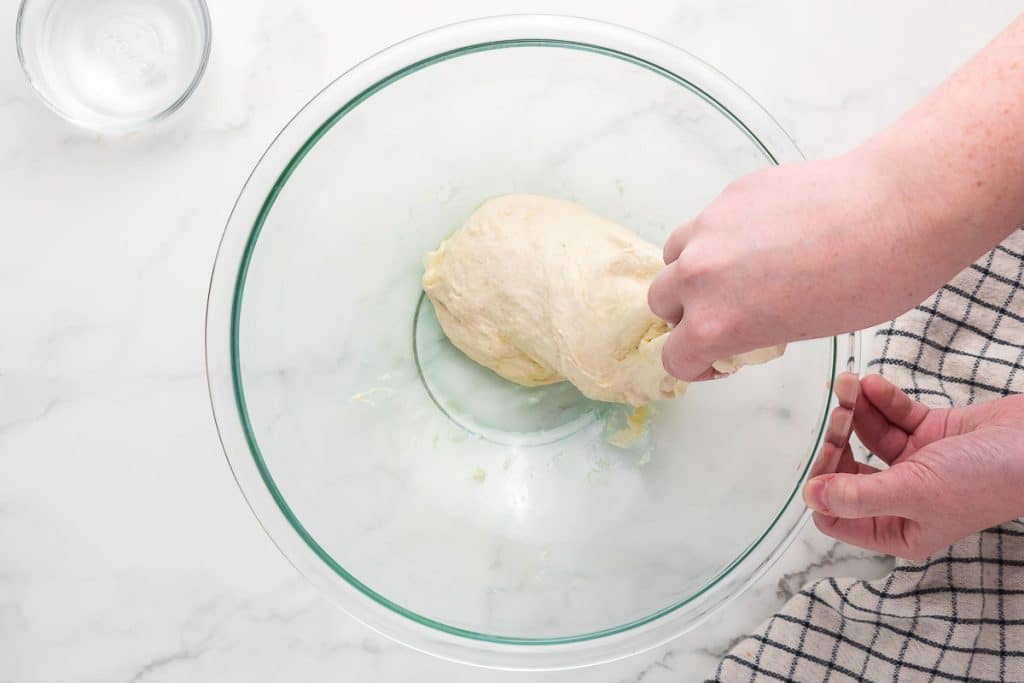
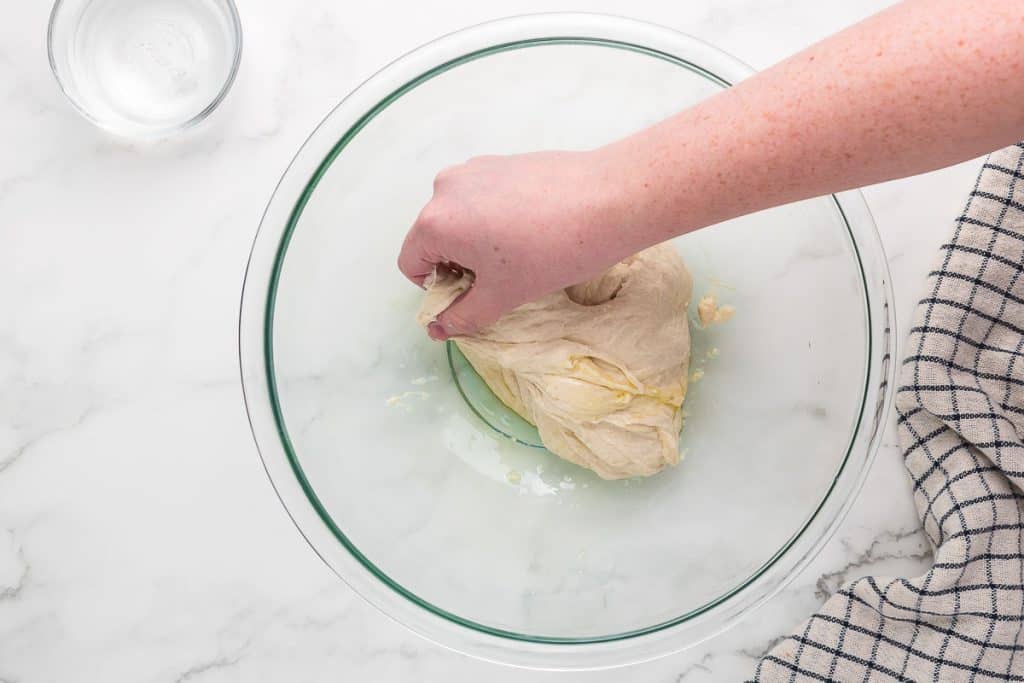
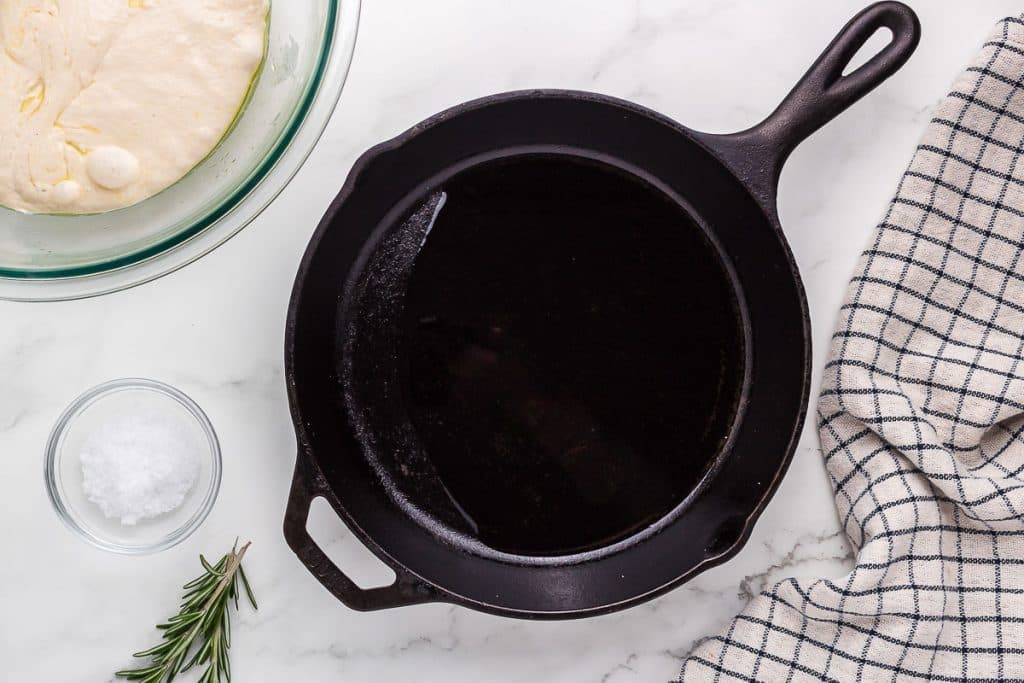
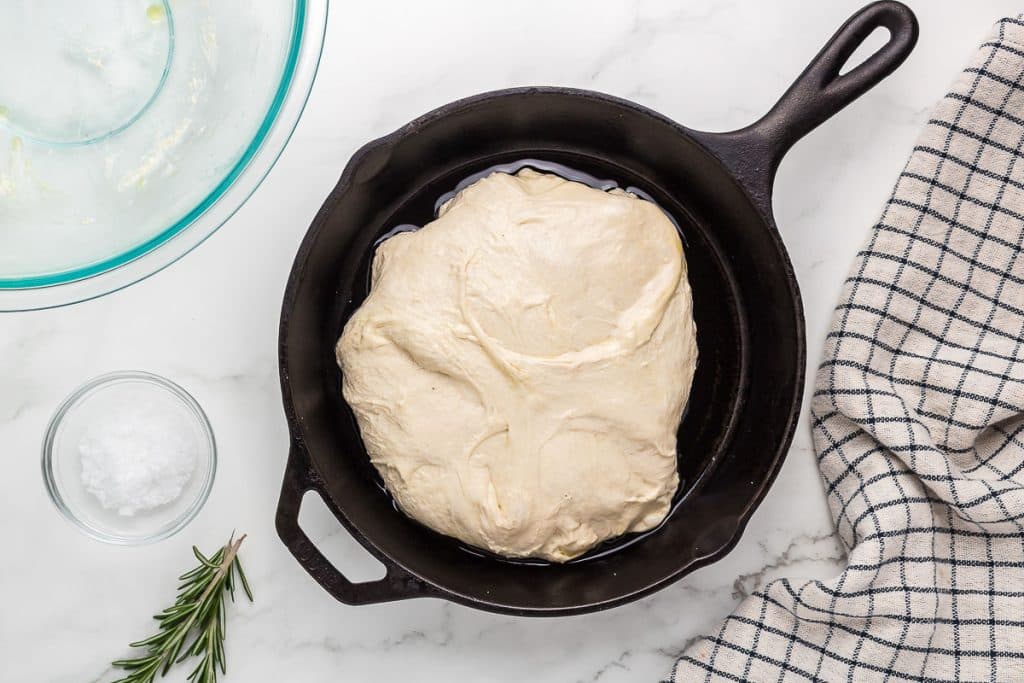
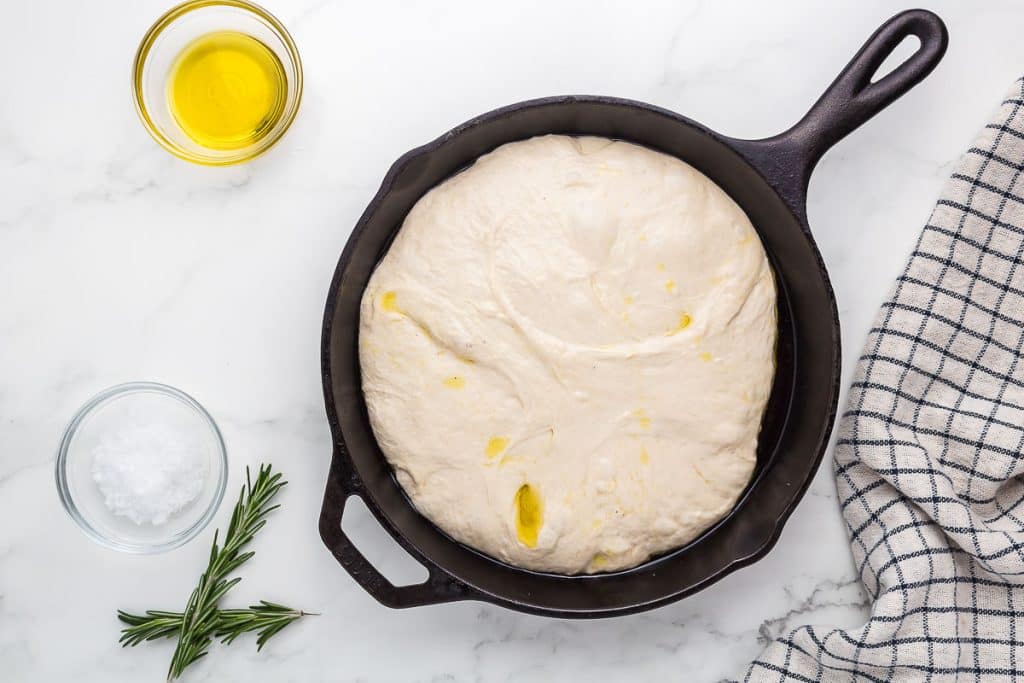
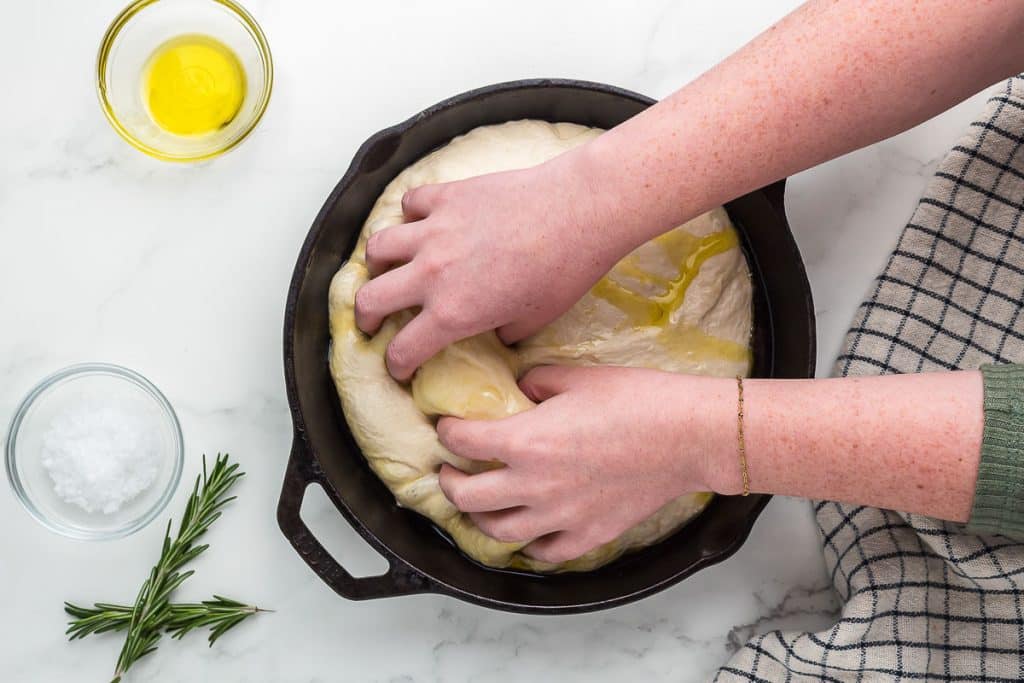
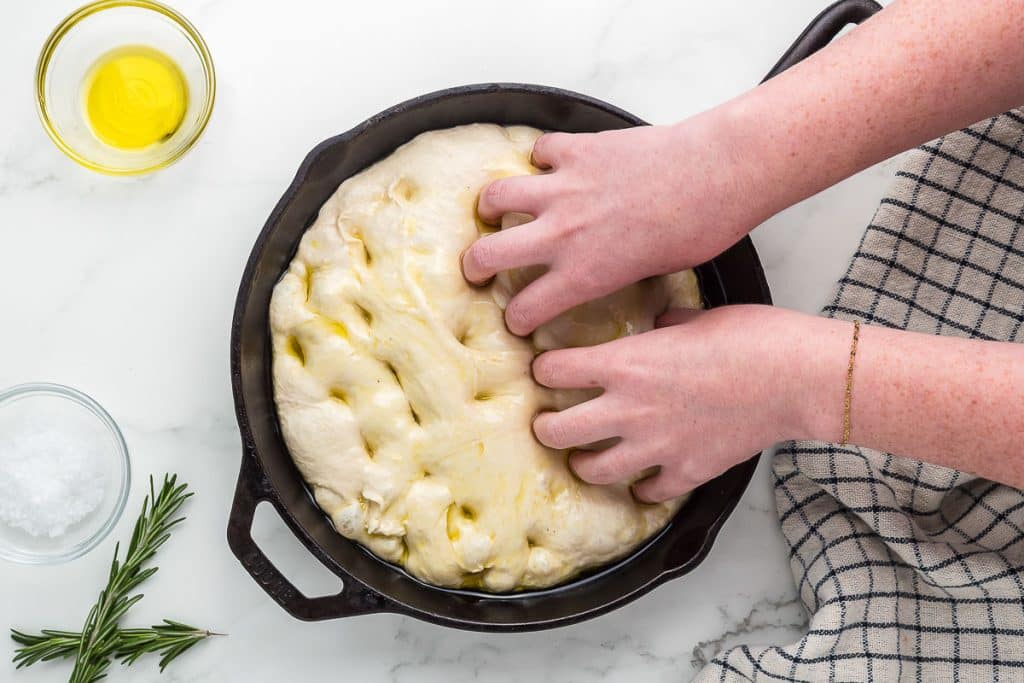
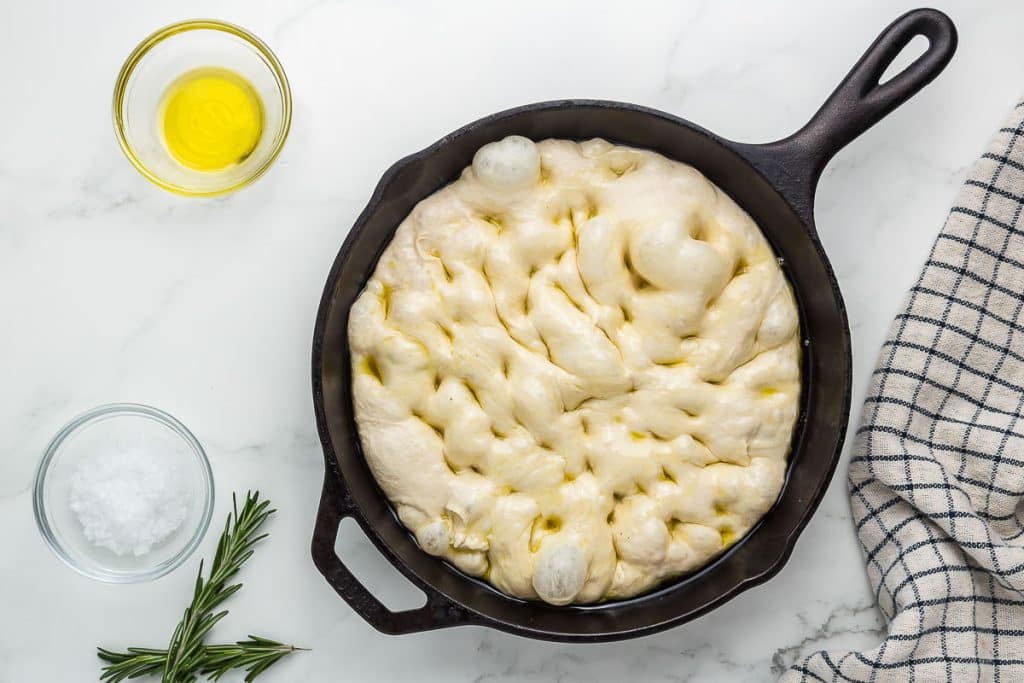
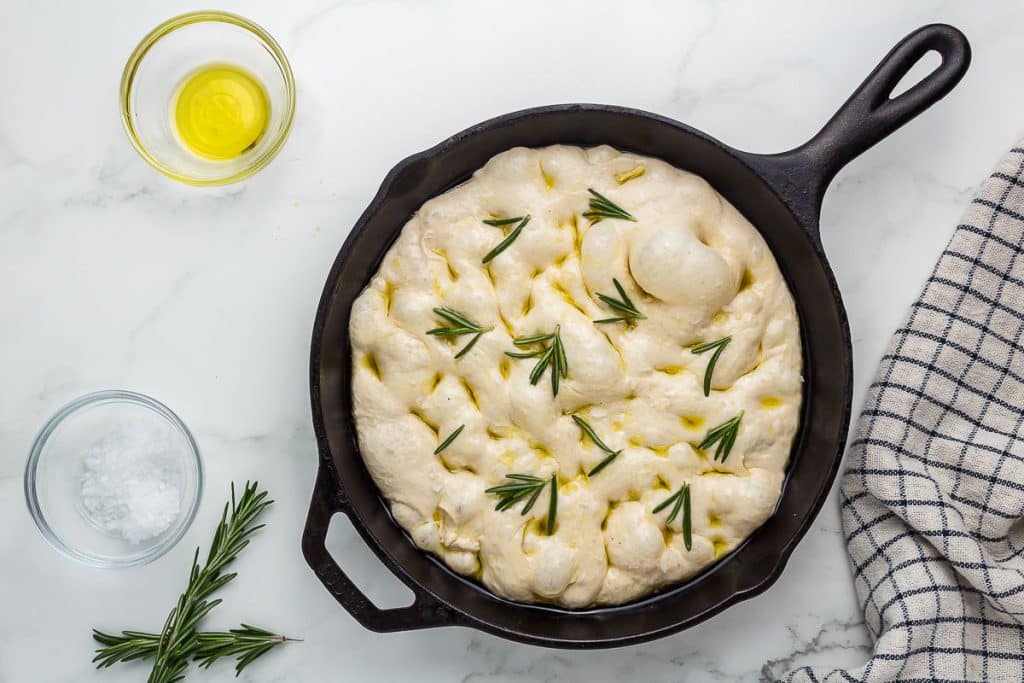

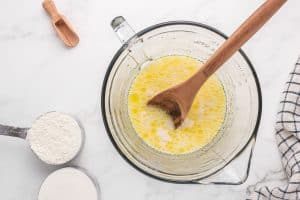
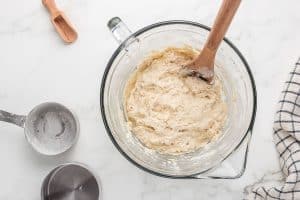
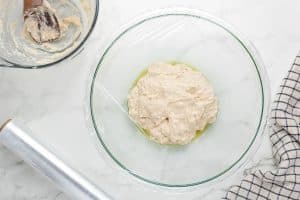
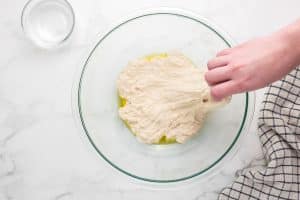
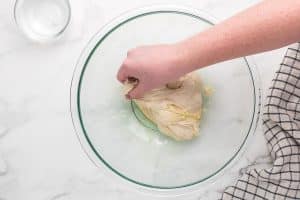
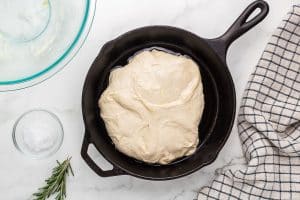
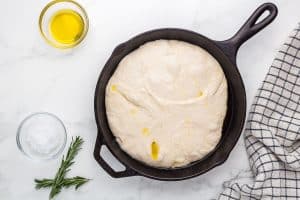
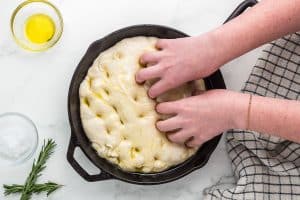
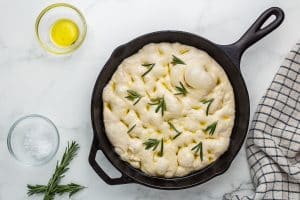
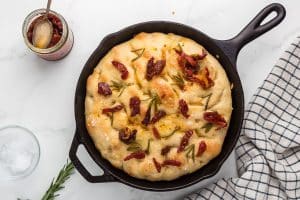
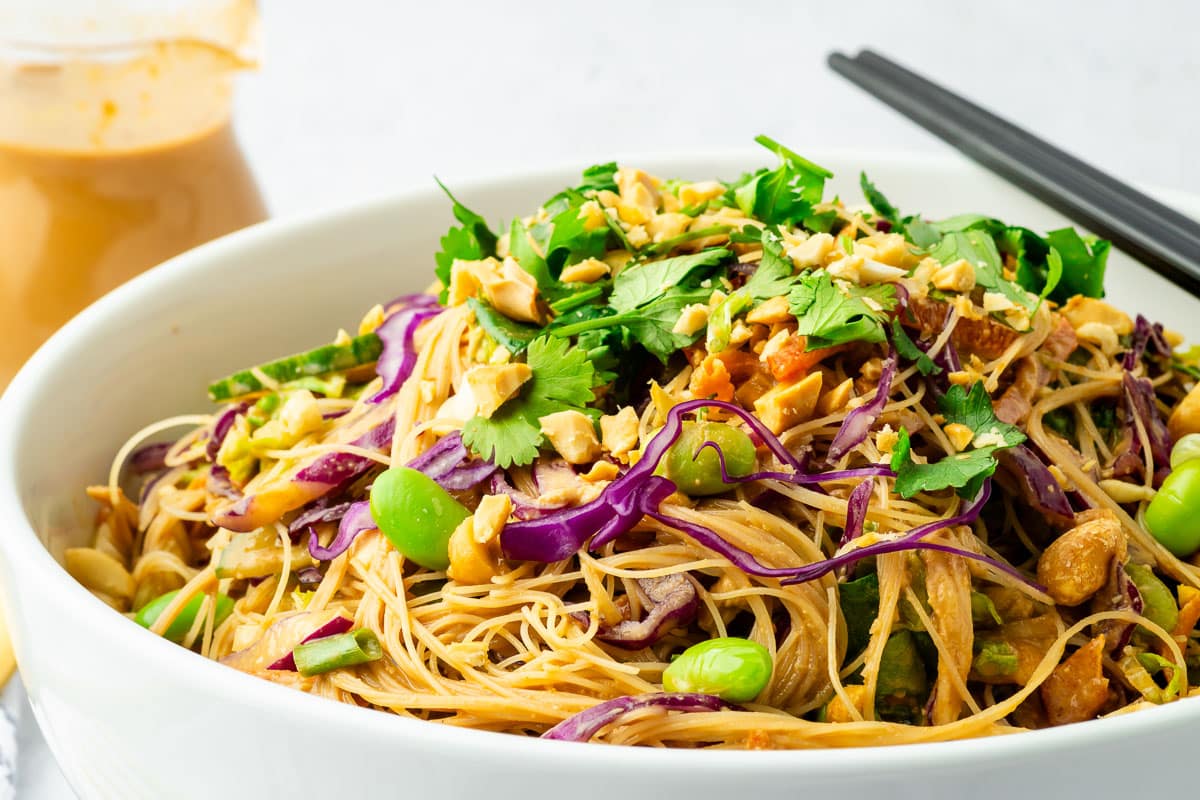
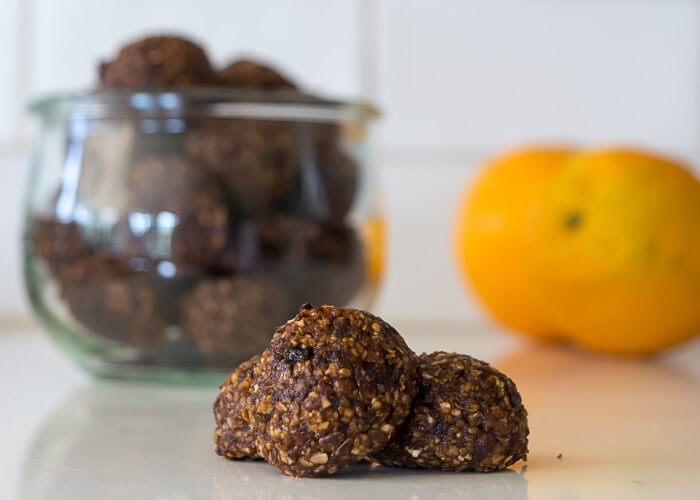
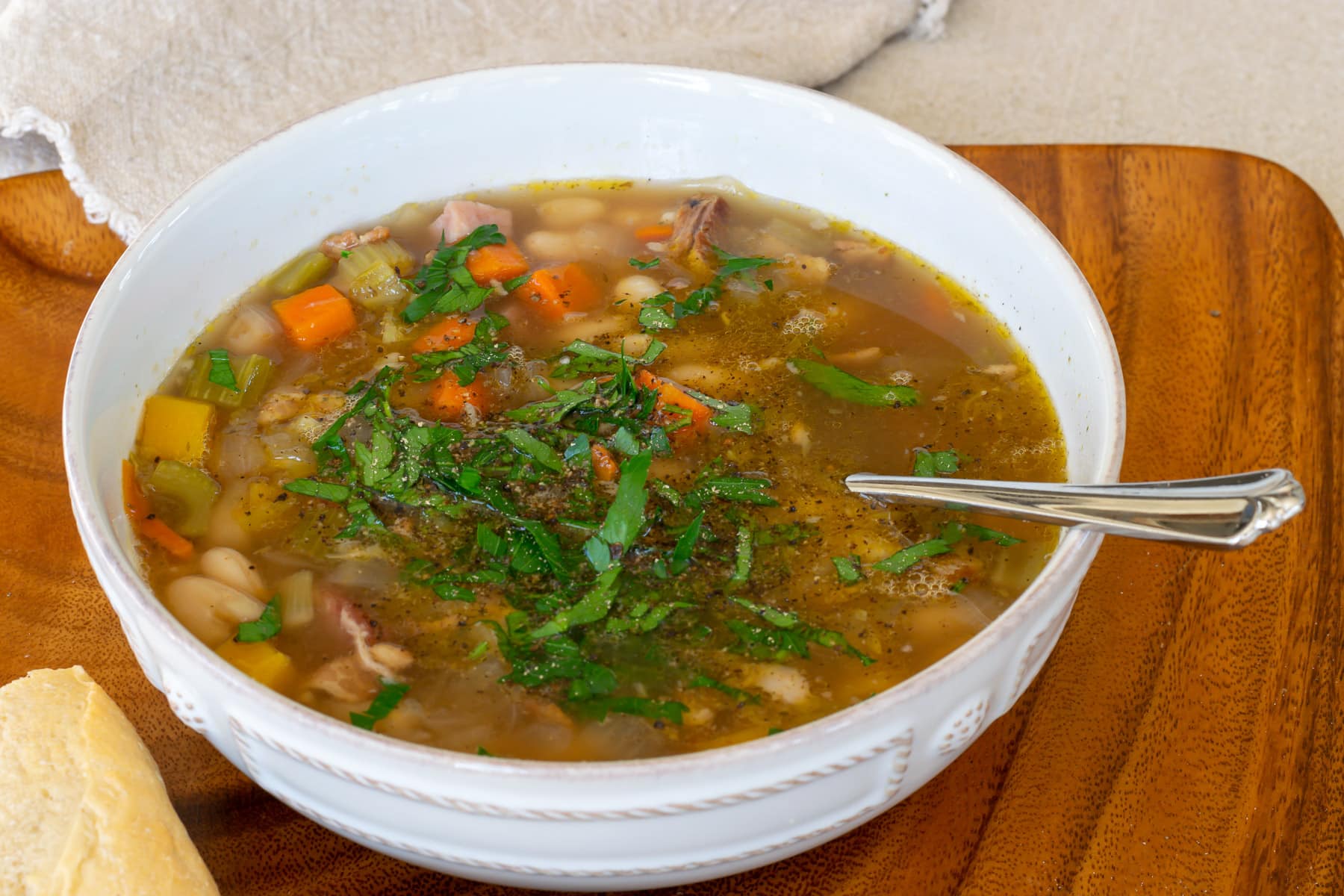
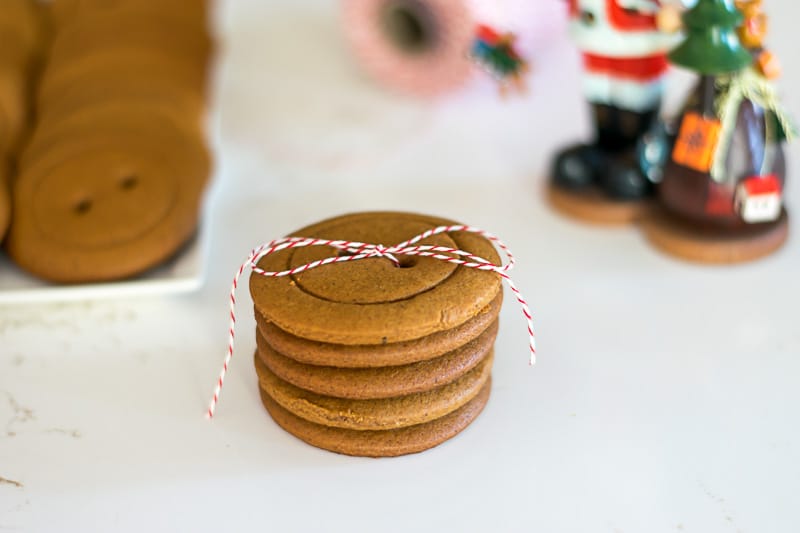
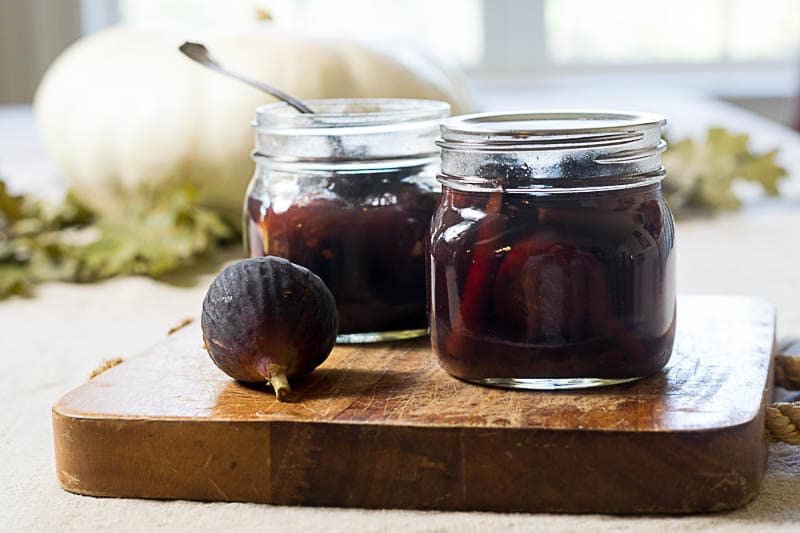
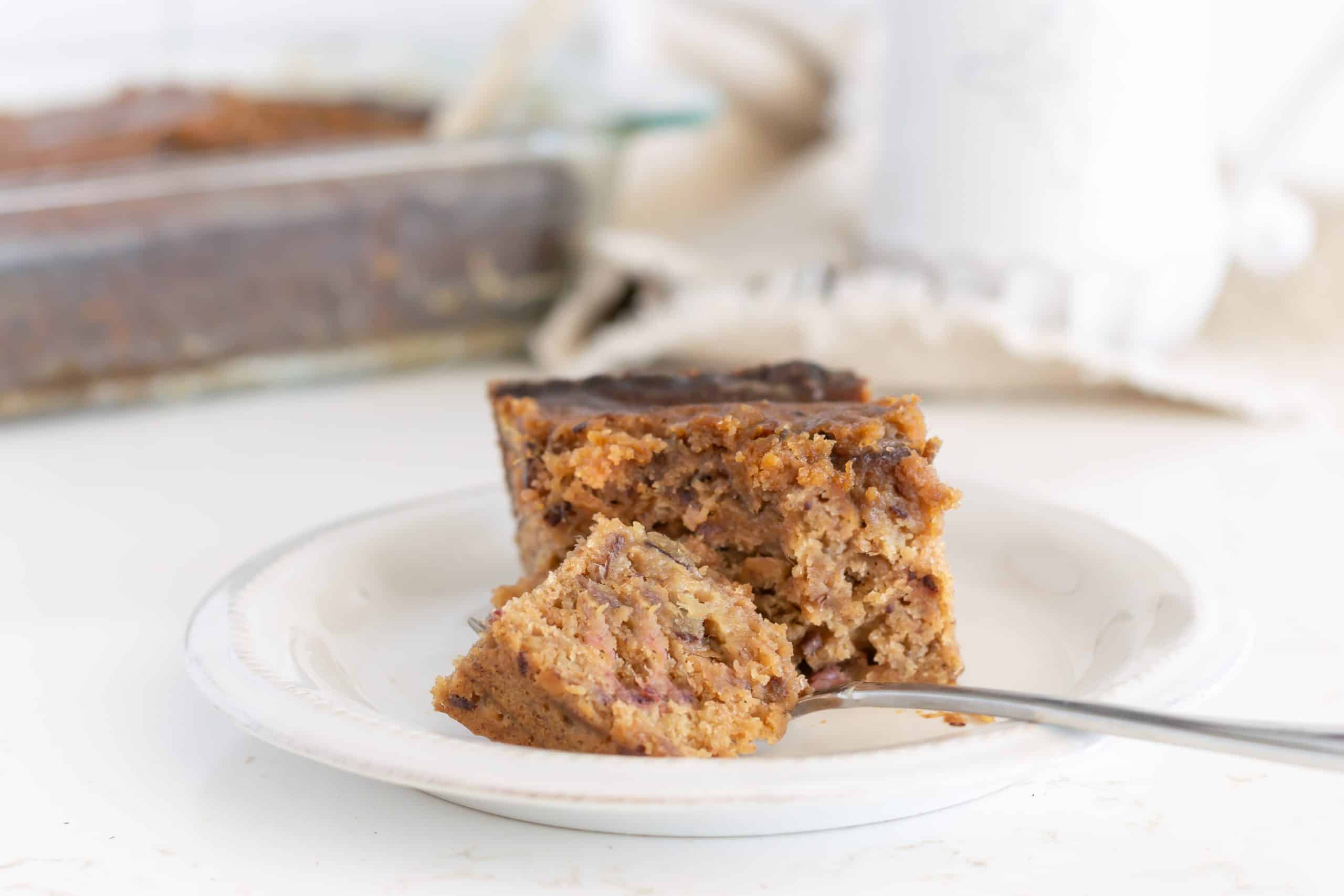
Hi Laura,
It’d be perfect with Shrimp Scampi…all that delcious sauce to be soaked up.
Isn’t it wonderful! It is a little addicting.
Hi Jules,
I’m so glad you enjoyed it.
Can’t wait to make this.
Thanks Lynn
I enjoy your newsletter every time.
Hugs
Karen
Thanks so much Karen…I enjoy writing the newsletter every time!
Enjoy the focaccia.
Hugs, Lynn
Yay, it is yummy, isn’t it.